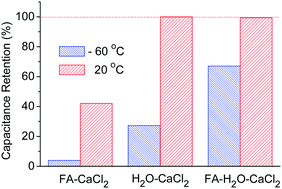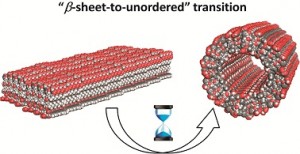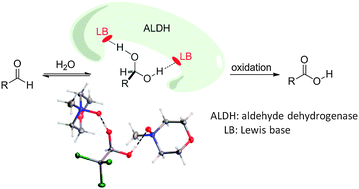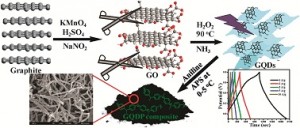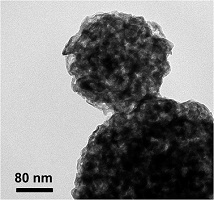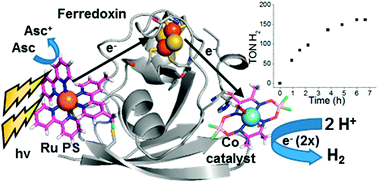Researchers in France, Switzerland and Cameroon are convinced that the African pin-cushion tree produces the well-known painkiller Tramadol and are determined to prove it. Back in 2013, a team led by neuroscientist Michel de Waard, of the Joseph Fourier University, claimed that significant quantities of the drug were present in the root bark extract of Nauclea latifolia, which has long been used by locals in West and Central Africa to treat pain and disease.
Last year another team, led by Michael Spiteller who is based at the Technical University of Dortmund, Germany, ran some tests of their own and cast doubt on these findings. Read the full article in Chemistry World»

N. latifol grows widely in Cameroon and is used by traditional healers to treat a wide variety of complaints. Image courtesy of Scott Zona / Wikipedia Commons (CC BY 2.0)
Read the original journal article in ChemComm – it’s free to read until 7th October:
Biomimetic synthesis of Tramadol
Florine Lecerf-Schmidt, Romain Haudecoeur, Basile Peres, Marcos Marçal Ferreira Queiroz, Laurence Marcourt, Soura Challal, Emerson Ferreira Queiroz, Germain Sotoing Taiwe, Thierry Lomberget, Marc Le Borgne, Jean-Luc Wolfender, Michel De Waard, Richard J. Robins and Ahcène Boumendjel
DOI: 10.1039/C5CC05948H, Communication













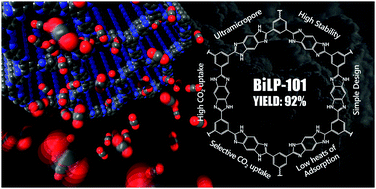
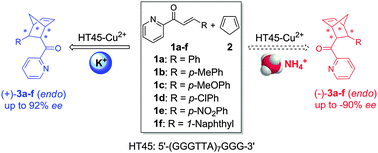
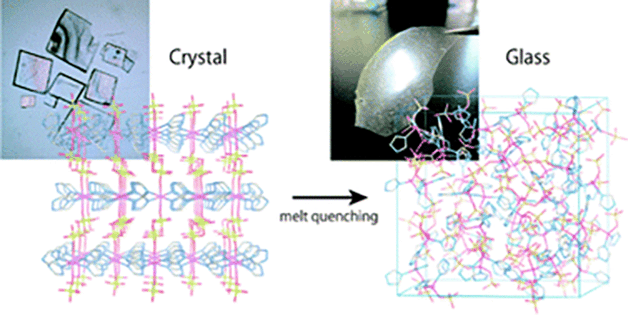
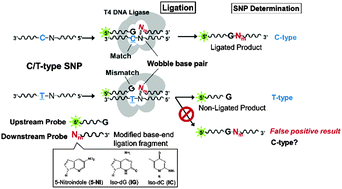


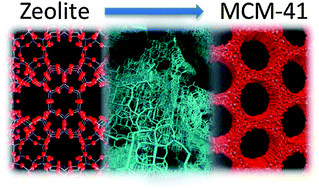

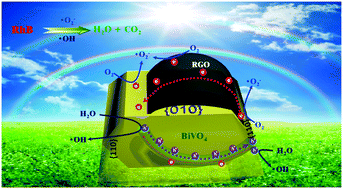


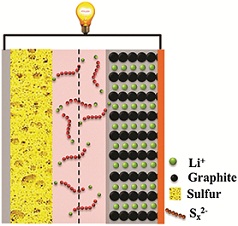
 Mimicking interstellar conditions,
Mimicking interstellar conditions, 
